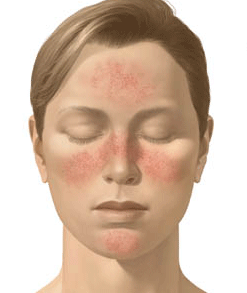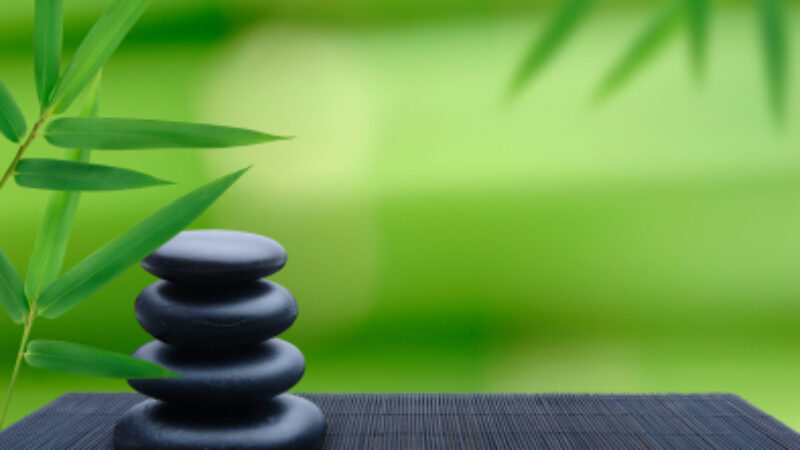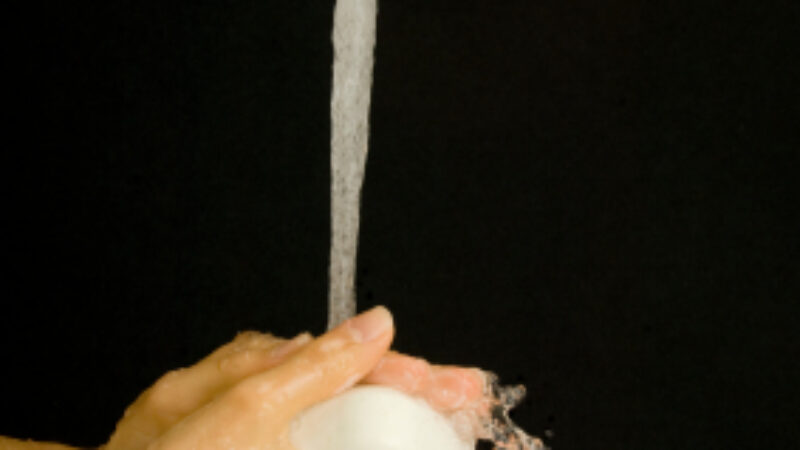Rosacea affects over 14 million people in North America alone and millions more around the world. It is a common, though widely misunderstood skin condition that manifests as redness in the facial, neck, and chest area. It’s non-gender specific, but has been known to affect women as much as three time more frequently than men. That said, men often experience symptoms that are more severe, though this may be due to their habit of not visiting doctors until the condition progresses. The condition tends to affect individuals between the ages of 30 and 60 and many women find that the condition worsens after menopause.
Unfortunately, many people don’t even realize that they have the skin disorder. And a significant portion of those who do often have no idea regarding the treatments that are available. Today, I’ll describe the symptoms of rosacea along with potential causes for the condition. And while there is no known cure, I’ll explain the most effective ways to manage it.
Causes And Symptoms
It’s important to note that doctors and dermatologists lack scientific evidence of the root causes for rosacea. Most dialogue is based upon observation and reactions to potential triggering events. For example, we know that the condition manifests as flushing and dilation of the blood vessels. This has led many doctors to speculate that the disorder is associated with a problem in the vascular system. Others have reasoned that a patient’s nervous system may be at the root because symptoms are often triggered by stress. Other theories even include the contribution of a tiny mite called Demodex folliculorum. In the end, we don’t know.
Rosacea manifests itself differently for each person. That said, there are 4 main signs, including flushing (often the earliest sign), persistent redness, red bumps, and visible blood vessels. There are a number of ancillary symptoms which can include a burning sensation, thickening or scaling of the affected skin, swelling, and even irritated eyes that can become bloodshot. Some individuals experience acne-like blemishes.
How To Treat Rosacea
Even though a cure for rosacea hasn’t yet been discovered, the symptoms can be managed. Doctors and dermatologists have found that topical solutions and laser therapy can help control them. Following are 3 topical formulations that have proven successful in providing relief while helping to treat the uncomfortable symptoms that are associated with the disorder:
Rosacure Face Cream – This solution combines powerful antioxidants with gentle moisturizers that reduce redness. Results should become evident within 2 or 3 weeks of application.
Rosaliac Cream – This formulation includes Vitamin B3 to encourage your skin’s defenses against the environmental triggers that provoke outbreaks and visible blood vessels.
Rosaliac UV SPF 15 – A potent mixture that blends Vitamins B3 and C to nurture your skin while protecting it from both UVA and UVB rays.
Because there is no known cure for rosacea, you should combine effective topical solutions with a lifestyle that helps to keep the symptoms in remission. While the products above can help defend against environmental triggers, stress and other personal triggers may still provoke an outbreak.




